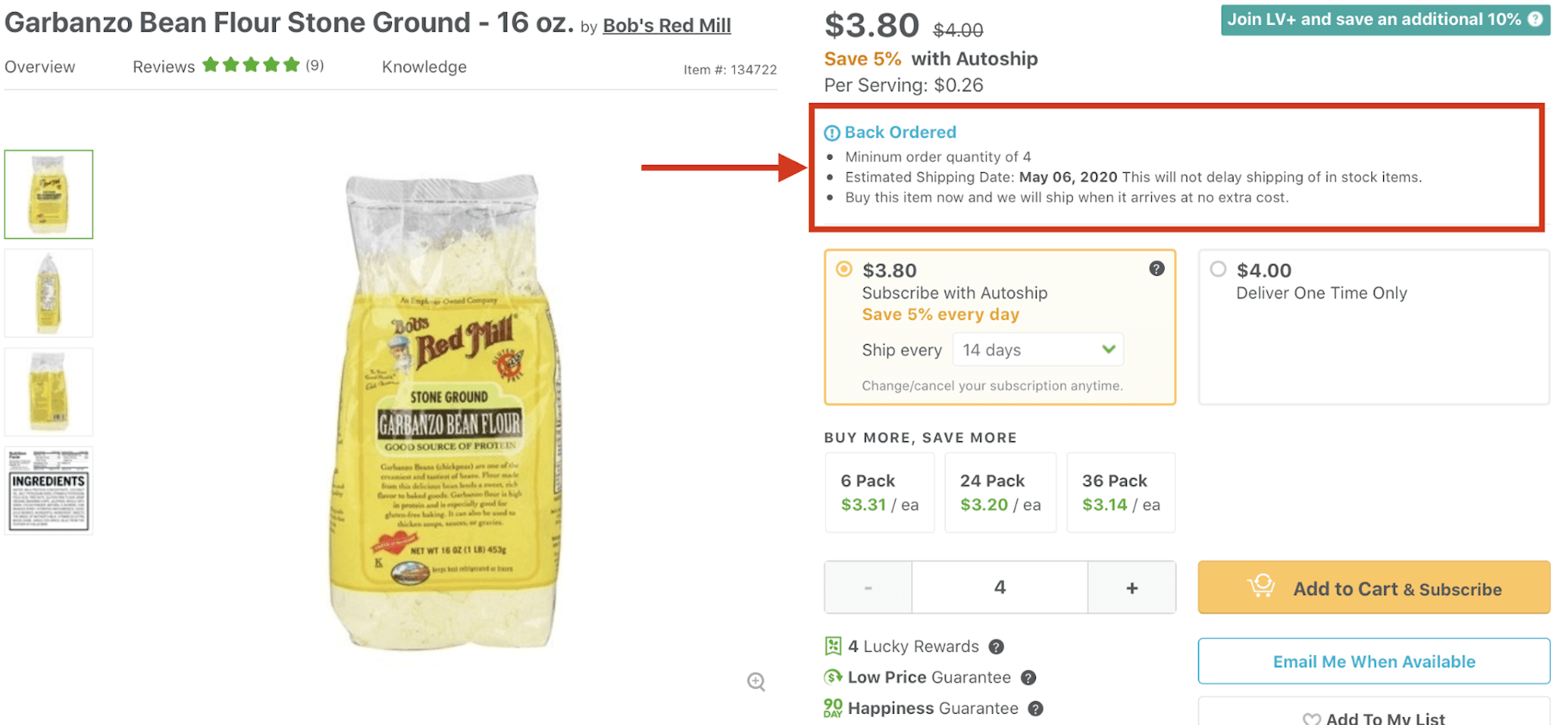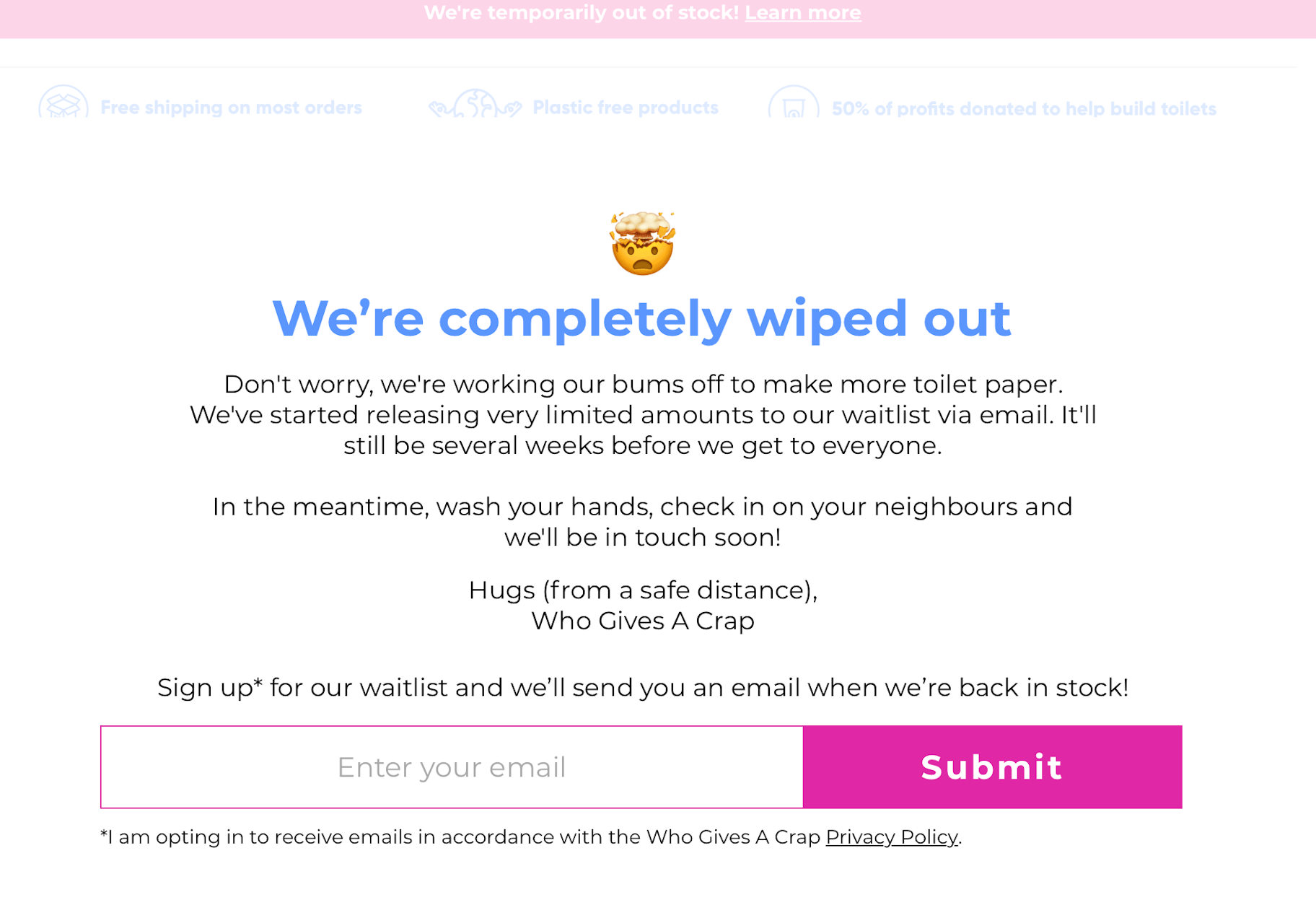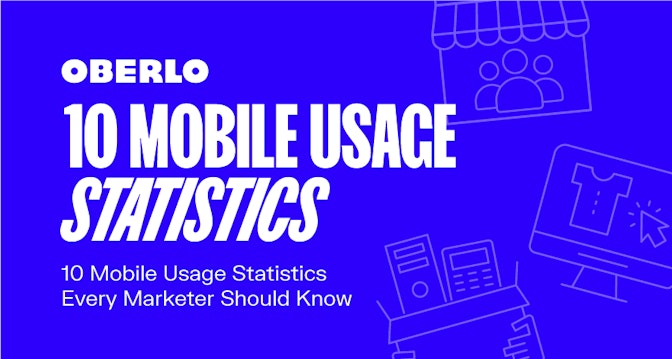Cash flow is a huge concern for most businesses on a day-to-day basis. It’s a difficult task trying to manage your working capital to order in new supplies and products, pay staff or contractors, and cover any overhead while still investing back into the business.
It’s no surprise that cash flow problems are directly responsible for 82 percent of small businesses needing to shutter their doors permanently. It’s also not surprising that cash flow has become an increasing concern for businesses of all types during the economic downturn caused by the coronavirus.
Right now, plenty of business owners all over the world are struggling to manage and improve their cash flow whether they’re directly impacted by shelter-in-place orders or not. In this post, we’re going to take a close look at specific steps that business owners can take now to improve their cash flow during the COVID crisis and its economic fallout.
Why Cash Flow is Such a Big Problem During COVID
Most businesses try to maximize their working capital, meaning they try to find the best ways to make their money work for them as much as possible.
This normally involves having the right assets on hand at the right time.
A clothing supplier for kids, for example, would likely be sure to order in a surge of backpacks in July before students returned to school. There will be a demand, and they want to be ready, but they may also know that it doesn’t make sense to stock these items in high quantities at other points of the year, so they don’t order the inventory so far in advance that it ties up capital they can use for other goods.
Right now, ecommerce and dropshipping businesses are struggling with cash flow. They’re used to products moving faster from the supplier and to consumers. Sales have slowed, however, and there may be disruptions in manufacturing, shipping, and importing and exporting that change from week to week.
Everything is slowing down, with over 17 million people in the U.S. alone filing for unemployment over the past month. This is never good for a business’ cash flow. Let’s take a look at some steps on how to resolve this issue, helping businesses increase their working capital and sales even when the economy is struggling.

Don’t wait for someone else to do it. Hire yourself and start calling the shots.
Get Started Free1. Look at Issues in the Supply Chain
Supply chain issues are a huge concern right now for businesses of all shapes and sizes.
Even dropshippers (who aren’t as prone to having working capital issues because they’re placing orders on demand) are experiencing issues with this right now.
Whether you’re working with a manufacturer or trying to order finished products from a third-party business, issues in the supply chain can throw off your cash flow quickly. You want to minimize these issues and their impact on your business.

The last thing that you want to do right now is pay an invoice to a supplier for goods or services, only to find out that they’re lagging behind due to significant delays or that they’re unable to get the product to you. This keeps your capital tied up longer, reducing your overall financial agility during financial hardship when every penny counts.
Wherever possible, try to minimize issues related to the supply chain. If you know that suppliers are experiencing significant delays or are running out of stock, address this early on.
Ask your suppliers about any delays; this may require you to order in advance. Depending on your relationship with the vendor, you may also be able to set up an arrangement where they only charge you once the order has actually shipped.
If delays are inevitable, understand exactly how they’ll impact your business so that you can plan accordingly. You might decide to let customers purchase backordered items, listing on your site when the products are expected to arrive.

Some brands, like Who Gives a Crap, are creating waitlists for high-demand items; as they become available, they reach out to their waitlist and give them the option to purchase.

It manages customer expectations while still lining up sales and demand, increasing the likelihood that the product will move (and cash flow will be restored) as soon as it hits the shelves.
In the meantime, looking for more reliable suppliers? Check out our tips on how to do so here.
2. Liquidate Assets When Available
If your business has an inventory on hand, take a look at what assets you have that you don’t really need. Especially in times of economic hardship.
Take a close look at products that are unlikely to sell on their own. They might be novelty items, or those designed to be add-on items for other purchases. During an economic downturn, customers are going to be more careful with their purchases, so moving these items will be more difficult than normal.
Consider offering higher discounts on these items, or grouping lower-demand items into a bundle with higher-demand items. Tender Greens, for example, sold “grocery boxes” filled with groceries. They also included toilet paper in every box, giving users a powerful incentive to purchase when there was a major issue with supply.

You may also be able to resell these items to other vendors or even a wholesaler at a discount. Reach out to small, local stores that sell products like yours.
While it’s never ideal to sell products for less than what was expected or even at a loss, if your business is in desperate need of cash flow to survive, this is a good option to consider. It allows you to sell inventory that you might not have been able to move otherwise, giving you funding you wouldn’t have had to invest into whatever costs need to be covered now.
3. Cut Costs, But Carefully
When the economy struggles and your business starts feeling the impact, it’s natural to want to slash away at every “optional” cost that you have in your books. Cutting costs is a good strategy during tough economic times, but you want to do this very carefully.
It may make sense, for example, to pause a subscription for graphic design software that you use to make a few extra visuals on social media when your calendar is a little slow. It might also be wise to cut high-cost PPC campaigns that are chewing up valuable capital but that may not drive in sales right now.
If there are issues with your supply chains, you might be dealing with lower-than-usual stock and unable to help an influx of customers. The last thing you want to do is to waste ad spend on clicks that you literally cannot convert.
Instead of high-cost marketing campaigns, you can reduce ad spend and shift towards more lower-cost alternatives. Organic social media marketing is free, for example, and email marketing is lower-cost but has high success rates. This can help bring in valuable sales without chewing up your limited budget.
When assessing what costs to cut, start with the costs that won’t impact your growth potential. You don’t need new business cards right now, because people aren’t really networking in person. You should not, on the other hand, stop paying for the email marketing software that allows you to connect to niche segments of your audience.
4. Assess Your Upcoming Expenses
Unexpected or forgotten costs are a major source of cash flow problems for business, and this typically escalates when times are tight.
Some expenses are easy to remember. Every month, you might have invoicing or credit card fees, steady payments to suppliers, or payments for employees or contractors.

Some are more difficult to keep track of. You might need to renew your business license once a year, and you have a subscription for email software that you pay annually, too. You’ve also got a quarterly payment to a freelance consultant who updates your site, and a biannual plan for liability insurance.
You don’t want these expenses to sneak up on you. Account for unpredictable costs that you may have forgotten about, going back through your records and seeing what’s coming up around the corner.
If any subscriptions need to be cancelled, you’ll want to know about it in advance, as some may require a 30-day notice.
This also gives you the chance to budget accordingly for necessary expenses, which can help you make smarter financial decisions now that won’t come back to bite you later.
5. Look Into Relief Programs Applicable to You
Right now, there are a large number of loans and grants designed to help business owners struggling with the economic fallout caused by coronavirus. Some of these are federally-issued, while others may come from industry organizations.
Take some time to look into relief programs that can offer quick access to cash funds, which will give you the flexibility needed to keep things moving until you hit profitability again.
This will depend heavily on your country of residence and your industry.
In the United States, there are multiple programs being facilitated by the Small Business Administration (SBA) meant to provide relief to businesses. The Paycheck Protection Plan (PPP), for example, can grant up to $10 million for eligible businesses, and the loans can be forgiven if businesses maintain their employees’ normal salary levels and payroll for eight weeks and only use the loan for qualifying expenses.
Canadian businesses whose total employment income in 2019 was between $20,000 to $1,500,000 CAD can look into funding from Canada’s Emergency Business Account. Eligible business owners can receive a subsidy of up to 75 percent of employee wages for up to 12 weeks.
In the UK, there are a number of different relief options being facilitated by the government. Small and medium businesses with turnovers under €45 million per year can apply for the Coronavirus Business Interruption Loan Scheme (CBILS). The loans can be up to £5 million, and the government will cover the first year’s worth of interest on the loans.
Check your country’s federal relief options, and search for industry-related relief, too.
Conclusion
In times like the coronavirus economy, staying afloat is the name of the game, and that means finding new ways to improve your business’s cash flow. This can be particularly challenging during a time when customers are more reluctant to purchase, demand for certain items shifts dramatically, and your sales forecasts are completely thrown off course. Both inventory and financial forecasting have become more challenging across the board.
Fortunately, these five simple steps can help you free up much-needed working capital to keep your business running as smoothly as possible until the world settles into its new normal.
Want to learn more? Check out our recent articles for more tips on how to survive (and thrive) during the coronavirus crisis and its economic impact:




